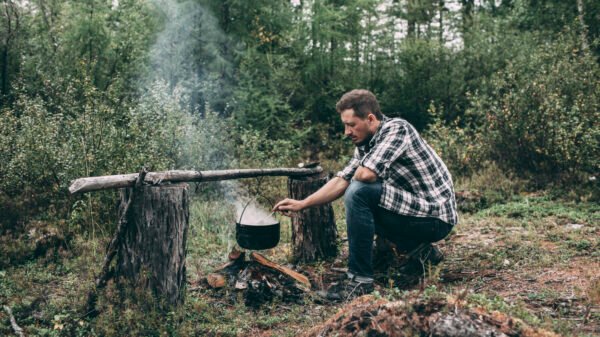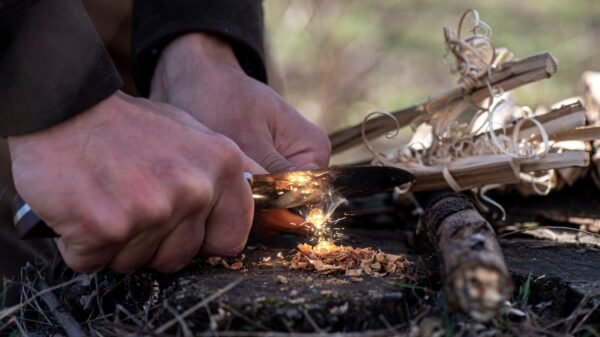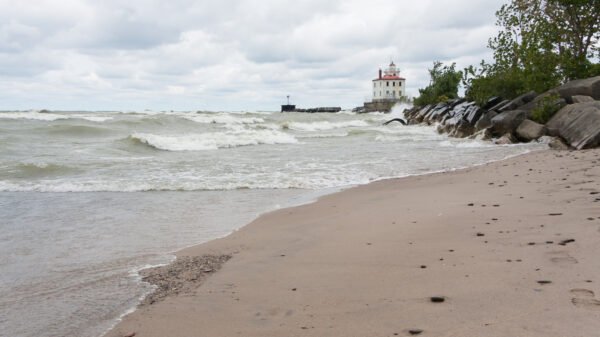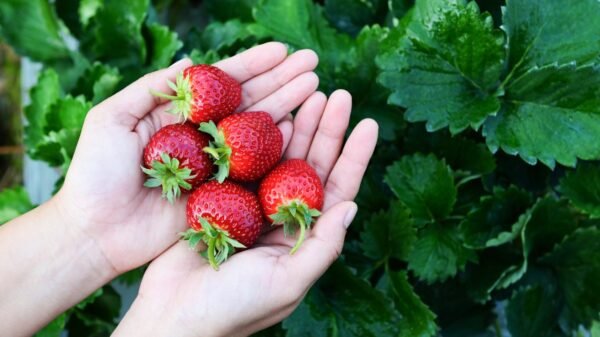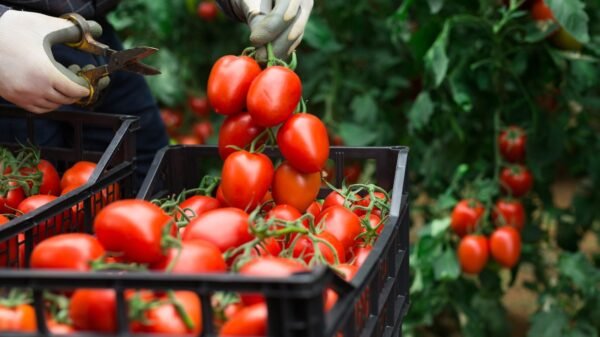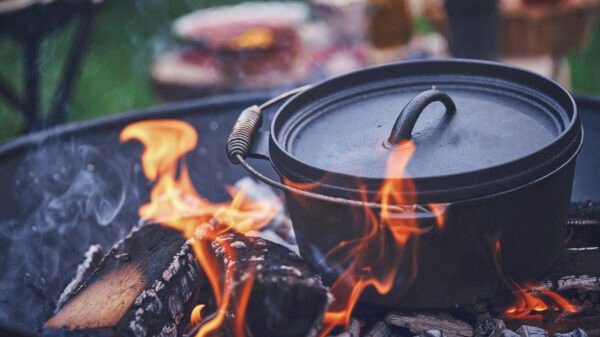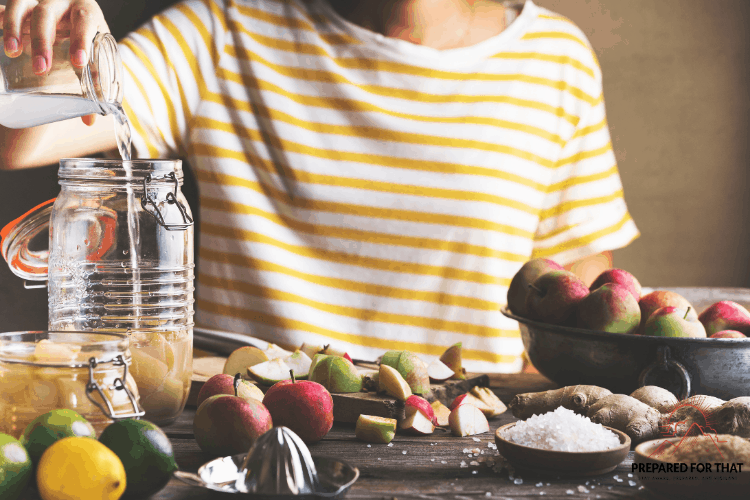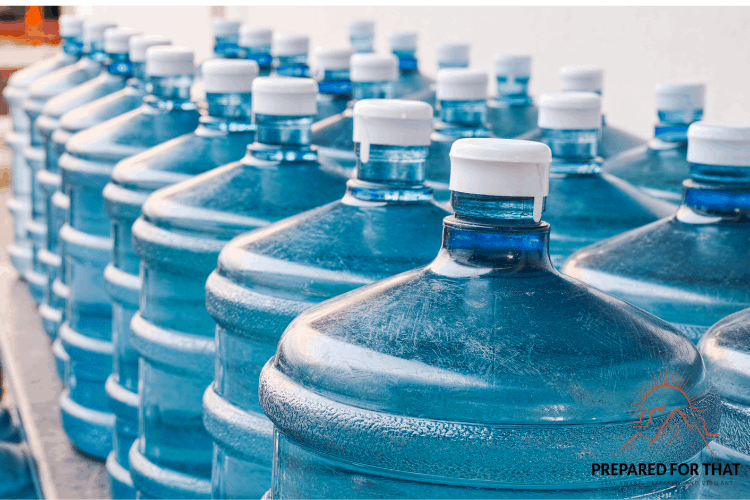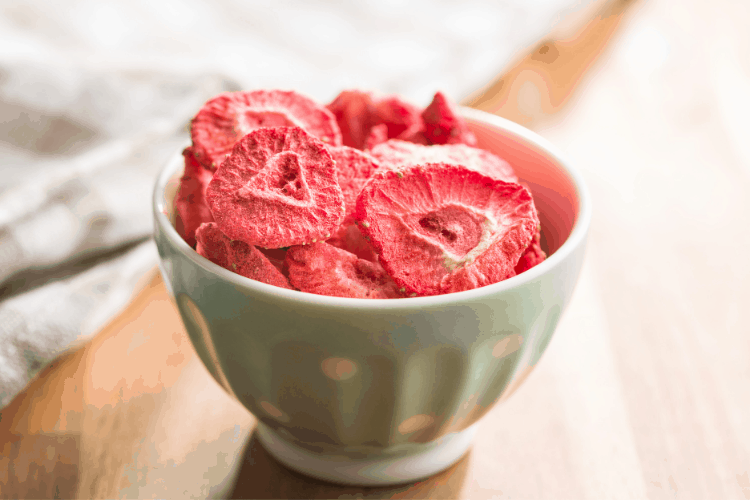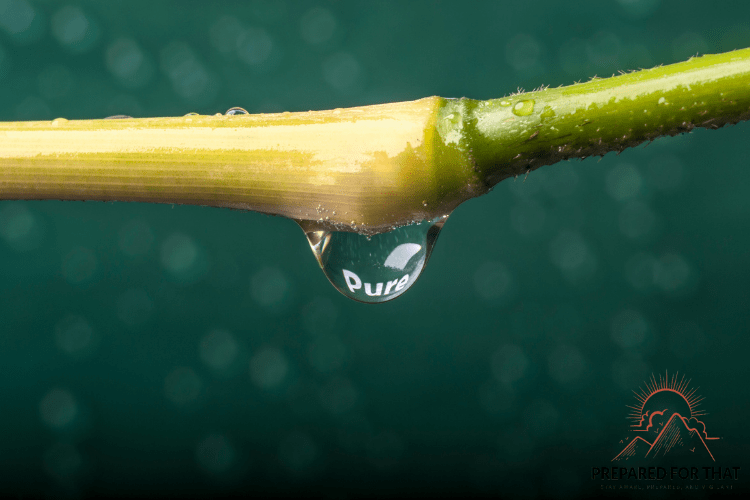Apple Cider Vinegar is known as the” Miracle Cure.”
Scientists have identified as many as 90 different substances in this beautiful drink.
Scrap apple cider vinegar is inexpensive, healthy, and cool to do with your kids. I enjoy reading about the health benefits, particularly the claims that apple cider vinegar can help with allergies and asthma suffering.
You Can Have Your Apples and Drink Them Too!
I have researched several recipes and decided a simple scrap vinegar would be a perfect starter.
Scrap apple cider is precisely what it implies. You can use any portion of a scrap of the apple, including peel or core, and use the inside portion of the apple for pies or sauces.
As with any recipe, the better the ingredients, the better the final product; start with organic apples and pure water to get the best batch.
Apple Scrap Vinegar
The recipe was altered from the healthy eating site
You’ll need the following:
- Mason jars of any size, depending on how much you want to make
- Apple scraps from washed organic apples (winter and fall varieties contain the most sugar)
- Clean, purified water
- Cheesecloth for covering the jar to keep out bugs and debris
- String or rubber band to tie around the jar.
Directions:
Fill the bowl or jar with peels, scraps, and cores of organic apples browned from air exposure.
Cover with water and leave a little headspace for fermentation. Make sure the scraps are entirely covered with water since exposure could cause mold growth.
Cover with cheesecloth and put in a warm, dark place. If you are making batches at different times, label the start date of each batch.
The jar contents thicken after a few days, and a grayish scum forms on top. Leave the jar for a month or so to ferment.
After about a month, you can start taste-testing it and continue until the desired strength. When it’s strong enough, strain out the apple scraps and bottle the vinegar.
It is usual for the vinegar to be cloudy. There will also be some sediment from the apples and what’s known as the “mother.”
If you don’t like the cloudiness, straining it through a paper coffee filter will remove most sediments. However, it is the “sediment” that contains so many vital nutrients.
When the vinegar is ready, bottle it up and refrigerate. Pasteurization is needed to keep out dangerous bacteria if you store it long term. Follow this procedure for sterilizing your vinegar for long-term storage.
I like the organic, raw, and unpasteurized kind and will stick to buying Bragg’s Apple Cider Organic Vinegar for long-term storage needs.
Share Your Homemade Vinegar Tips With Us!
Share your techniques or ideas with us if you make and store unpasteurized vinegar.
Enjoy your homemade vinegar, and please share tips, suggestions, or other ideas since this is a great disaster-preparedness product for your pantry.
Please check out my store below for hundreds of health and beauty products, including Bragg’s Apple Cider Vinegar.
Sources:
https://marysnest.com/how-to-make-homemade-apple-cider-vinegar/


